Contents
What makes a good photographer
Everyone wants to capture great photos of the moments that are most important to us. No one sets out with their camera to take a poor photo. No one. Yet, few people take the steps to learn what sets apart mediocre photographers from the great photographers that shoot photos that truly inspire.
So, what skills does it take to be a great photographer? Great photographers have a strong mix of technical skills (they know how to use a camera’s features) and creative skills (they know how to capture a scene that conveys a feeling). Mastering these 14 skills can catapult your photography from so-so, all the way to the gallery wall.
Technical Skills
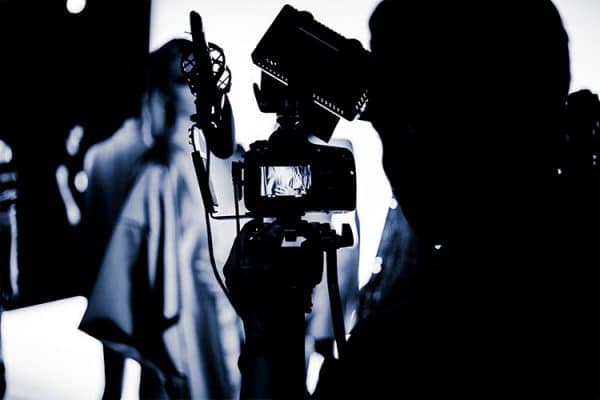
Photographers with good technical skills know and understand how their camera equipment operates. They understand basic photography principles (e.g. lighting, exposure, focus) and know how to avoid common missteps like overexposure, camera shake, and blurry focus. Here are some basic technical skills that are important for all photographers to master:
- Hold your camera with good posture.

If you’re frustrated with shaky focus and blurry photos, it could be worth stepping back and checking out your posture when you hold your camera. Greater stability in your stance will increase the sharpness of your photos (and allow you to shoot in lower shutter speeds and lower lighting).
If you’re standing while you shoot try these techniques to increase your stability:
- Stand with your feet shoulder distance apart and firmly planted.
- Hold your left hand under the lens (not on the side of the lens). Use a firm grip with fingers spread wide, attempting create a ‘table’ to stabilize the lens.
- Hold the other hand (right) on the camera with enough pressure that it presses slightly against your forehead/eyebrow. It doesn’t need to be crushing, but enough tension to hold the camera still against your face.
- Keep your elbows tucked in and upper arms tight against your chest.
- Hold your breath or exhale before you release the shutter.
The goal is to control as much movement as possible. Evaluate your camera grip by watching yourself shoot photos in a mirror or having a friend take a photo of you while you shoot.
- Always know your lighting.

Without light, there is no photo. Once you learn to hold your camera properly, the next skill to master is the technical aspects of lighting. Understanding how your camera takes in light is the difference between a washed out photo of Grandma’s 90th birthday cake and a family heirloom.
Good technical photographers spend a few seconds before they shoot mindfully examining the light. Where is the lighting coming from (front, back, side)? Is the lighting hard, soft, flat? Is there bright light that creates a shadow on the subject? If I move, how does that change the shadow? As soon as you identify the lighting conditions, you can then begin to use the tools in your camera (ISO, exposure, white balance) to take more control over how your camera will use that light in the final image.
- Understand how to get good focus.

The third skill that all technically sound photographers should master is how to get sharp, clear focus on the subject. Whether focus issues come from camera blur (when you move the camera at the same time you press the shutter) or from using too low of a shutter speed (the speed was too slow to freeze the motion in the scene), understanding how to focus your lens is critical.
As you gain more experience with your DSLR, it’s important to decide if you want to tell the camera what to focus on every time, or if you’d like your camera to ‘guess’ what to put in focus. Adjusting the ‘auto-focus’ (AF) settings on your camera and features like AI Servo (which allows the camera to continue tracking the focus of a subject as it moves around the frame), or trying new shooting accessories like monopods and tripods can go a long way to getting the tack-sharp photos we all admire.
- Read your camera’s manual.

While this one may seem obvious, you might be surprised how many photographers pull the camera out of the box and start shooting without ever taking a look at the manual. While it’s possible to take great photos that way, you can almost 100% guarantee that you’ll also miss out on camera features that could help you be taking better photos.
Good technical photographers spend some time carefully reading the manual. If you don’t understand a feature, search online for articles or videos about your camera model. Even better, create some sample images with different settings to practice what’s in the manual.
- Take good care of your equipment.

Good technical photographers take good care of their lenses and camera bodies. There’s nothing worse than seeing a gorgeous beach sunset dotted with a fingerprint smudge or specks of sand. Cameras are an expensive investment and if you’d like yours to take beautiful images, you need to show it some TLC.
These are some good camera maintenance skills that all technically sound photographers practice:
- Use the camera strap. If the manufacturer’s strap doesn’t work well for you, find a different one so you never drop your camera during a shoot.
- Use the lens caps. There’s no excuses for dust and rain to get into a lens when it’s not attached to your camera body. If you don’t have a lens attached, be sure to use the body cap on your camera as well.
- Don’t touch your lens, no matter how tempting it may be to get that speck of dirt off.
- Clean dirt and moisture off the body as soon as possible. The viewfinder and LCD display are common places for build-up that later gets into a lens.
- Never remove the memory cards while the camera is on.
- Use a blower or soft-bristled brush to clean as much dust and dirt of your lenses as possible.
Creative Skills
Once you’ve mastered the basic technical skills above, it’s time to take a look at some of the creative skills that great photographers have. While knowing how aperture, shutter speed and exposure work together to create an image is important, photography also requires some understanding of basic composition, an attention to detail, and an eye for storytelling.
- Know some basic composition rules.

World-renowned photographers and artists can spend hours lecturing on “good” and “bad” composition. It can be helpful to read photography books and take workshops to improve composition, but if you start with these 4 elements of composition, you’ll be well on your way to mastering the basic creative skills of great photography.
- The Rule of Thirds – One of the fastest ways to improve your composition is understanding the rule of thirds. Imagine using four lines (two vertical, two horizontal) to divide your frame into a grid of nine sections. The rule of thirds recommends that you place your subjects or points of interest along the intersections of the grids. Studies have shown that humans eyes naturally gravitate more to these intersections rather than to the center and we find images that use the rule of thirds more appealing. It’s also preferred when taking portraits. Many DSLR cameras now have the option to divide the LCD screen into a grid to help you practice and learn how to compose images that follow the rule of thirds.
- Symmetry – As soon as a good creative photographer learns the rule of thirds, they learn how to break the rule. Another way to frame an image with eye-appeal is to use a strong symmetrical balance. Also called formal balance, it involves lining up the subject in the center either horizontally and vertically and then splitting the image so that both sides of the frame have equal visual emphasis. The results can be striking, especially for landscapes and architecture photos.
- Background – A third element of composition is background. Spending a few seconds examining what’s behind your subject and deciding how much it adds or detracts from the image is a good skill of a creative (and technical) photographer. Adjusting the depth of field or taking one step to the left or right might dramatically change the background and the composition of a photo.
- Simplification – One final element of composition that can add a lot of flair to images is simplification. In photography, simplification involves reducing all the other elements in the frame to what’s absolutely necessary. Removing extra background, cropping out distractions, or zooming in so the subject fills the frame are all creative skills that can simplify and better convey the story in the final image.
- Choose the best angle to shoot from.

For whatever reason, beginning photographers assume that all photos need to be taken standing and at a comfortable distance and straight in front of the subject. A quick technique to master better creativity in your photos is to change the angle you shoot from. For subjects with eyes, always try to shoot at the subject’s eye level or from below. For other subjects, try shooting from above, ground level, or far to one side or the other. Experiment with this creative skill by taking photos of the same subject from different angles. Line the images up side by side and explore how the emotion and your connection to each image change based on the angle.
- Pay attention to all parts of the frame (corners, borders, cropping).
Photographers with good creative skills also know to pay attention to the entire frame, not just the subject. Spend some time looking back at your favorite images and specifically pay attention to the edges of the frame. What’s in the corners? Is the subject framed with a nice border around at least 2-3 of the sides of the frame? Is the subject cropped closely to the edges of the frame, are parts of the subject cropped off?
A small attention to detail, not just to the subject but to the background and edges of the frame can make a big difference in the quality and appeal of an image.
- Learn how to capture movement.

Beginning photographers often feel most comfortable shooting still subjects (flowers, landscapes, posed portraits, etc.) As you get more comfortable with your camera and with composition, learning to capture subjects in motion is the next step towards becoming a great photographer. If you look at the award-winning wildlife and portrait photography, year after year these images create compelling stories by capturing movement in a still image. Our brains can fill in the gaps of what was happening because the photographer took the chance to capture the scene as it happened rather than staging the scene. It takes more technical expertise to master the creative technique, but it can make a big difference in the storytelling of your finished images.
- Practice. Practice. Practice.

The biggest difference between a good photographer and a great photographers? Great photographers are never more than a few feet away from their camera. Shooting every day and packing your camera wherever you go can transform your photography. There’s no reason in the digital age to not take thousands of images and study them. The expense and resources of film no longer bog us down in the creative process.
What if you have good creative photography skills but lack technical skills?
It’s easy to identify a photographer with good creative skills that need some practice with the technical aspects of their camera. They’re frequently making comments about how disappointing it is when the image they saw in the viewfinder doesn’t end up in captured in the final product.
Creative photographers without technical expertise have great energy and movement in the photos, but can experience things like flat exposure, lack luster colors, or an abundance of less-than-tack-sharp images. Thankfully, technical skills are easy to learn with the right amount of practice.
Try these technique to learn technical skills with your camera. Practice a week or two focusing on one specific skill, examine the outputs, and develop a sense for how that technique fits into the larger creative process. To learn better technical skills, use your camera manual as a guide. Go slowly through each section, practice the technical skill and make notes about the different settings you try. Examine those photos, then go back and shoot some more. Use photography websites and Google Images to look at sample photos. Then go back and shoot. Technical skills get better only through practice.
What do you do if you have good technical photography skills but lack creative skills?
These images are also easy to pick out from the crowd. Technical photographers can tell you the tiny minutia of the camera (settings, lighting conditions, equipment speeds, etc.) but their images fail to tell the story about the scenes they capture. At the end of the day, photographers with good technical skills and underdeveloped creative skills feel like they are doing everything right, but don’t quite get the gallery-awe they are searching for.
Even if you have technical strengths, the solution is exactly the same: systematic practice. Rather than focusing on your camera manual, grab a photography composition book and practice some creative exercises to stimulate that part of your brain to take more control when you shoot. Instead of focusing on f-stops and ISO, plan out practice sessions where you shoot from different angles or using techniques like the rule of thirds and symmetry. Look at the images, then go back and shoot some more. Practice. Practice. Practice to develop the best creative and composition skills.
Bonus: Some “Nice to Have” Skills
The next section of skills don’t really fall into either technical or creative skills of great photographers, but they can definitely come in handy when you’re learning to take the best images. Master these on top of the 10 skills above and you’ll be well on your way.
- Good Communication.

As in most aspects of life, having good communication when you’re using a camera can be a difference maker. If you’re shooting portraits, knowing how to effectively communicate with your subject in meaningful, easy to understand instructions (e.g. “The lighting is just a bit better if you step two inches closer to the wall” vs. “Go closer that way.” ) can mean you get the perfect shot and don’t end up frustrating your subject.
The same applies when you’re shooting in crowds of people or need ask someone to move out of the way to get your desired shot. Communicating what you intend to do and why goes a long way when you’re behind the lens.
- An Understanding of Editing

An entire full article could be written about the technical and creative skills of good photography editing. It’s only mentioned here as a reminder that while the majority of the work happens with the camera, knowing your way around editing software is part of 21st century photography. The quality of your images can move forward just by learning what types of mistakes can be corrected (dust specks, white balance, etc.) and what things can’t be easily fixed with editing software (over exposure, blurry focus, finger in the frame etc.)
- Be open to critique.

One thing that moves good photographers to great photographers is showing your images to someone with more experience and training. By being open to feedback you can learn about the technical and creative skills you still have left to develop, and you can also get the positive reinforcement for what’s going well in your photos. Find a trusted friend or photographer who is willing to spend some time to help you improve your craft.
- Patience & persistence.
A famous writer once said “in order to be the noun, you have to do the verb.” In order to be a photographer, you simply have to take photos. Lots of them. Practice shooting un-interesting things, or shooting the same thing from as many different technical and creative aspects that you can think of. Practice shooting the same landscapes during different times of the day. Spend time with those images, learn what you like and don’t like to help develop your style. Then get back out there and shoot some more.
Related Questions

What mode should a beginning DSLR photographer shoot photos in? That depends. There are advantages and disadvantages of shooting in all of the different modes your new DSLR camera came with. The mode you shoot photos in depends most on your experience with technical aspects of cameras, and how carefully you want to plan out each photo.
If this is your first experience with a camera with interchangeable lenses, you may decide to shoot on auto for the first few sessions. This will give you a chance to get the feel of the camera body in your hands, learn a bit about the LCD display and the sensitivity of the shutter. It’s only recommended that you shoot on auto until you get the basics down as the auto settings are likely to produce the lowest-quality images.
The second mode many beginners choose to shoot in is program. This allows you to adjust some aspects of the camera (ISO, white balance, flash, etc.). The camera will take these inputs and then automatically estimate the shutter speed and aperture necessary to take a good photo. It’s a good first step to branch into taking more control over your camera as you learn what a DSLR is capable of.
When you’ve moved passed program mode, then consider shutter priority or aperture priority settings. These give you even more control of the camera, but still make sure you get good focus and exposure. Most beginning photographers think it’s necessary to go straight to manual mode like the ‘experts’ do. In fact, aperture priority is thought to be the most popular shooting mode for photographers. Manual has creative advantages, but it also requires adjusting the settings for every single image. In settings where lighting or the motion of the subjects changes quickly, manual mode can be too slow to get good quality photos.
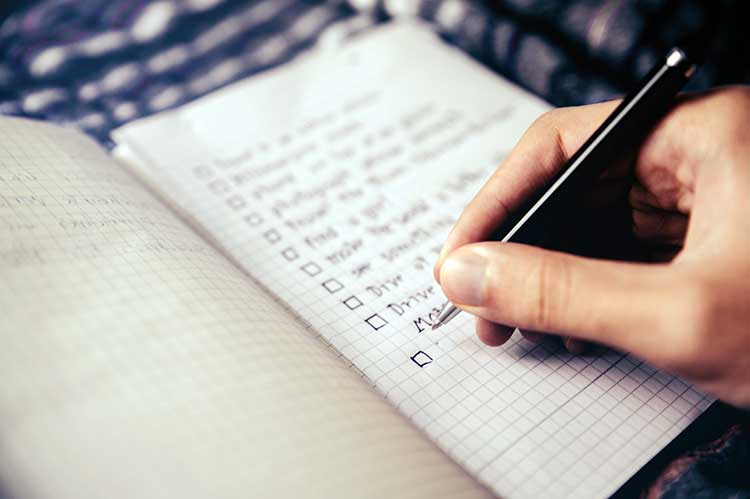
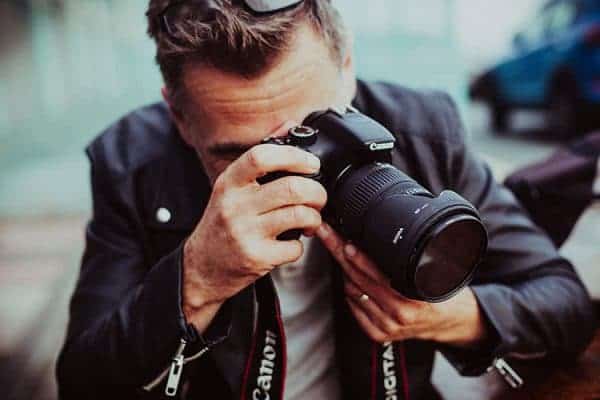
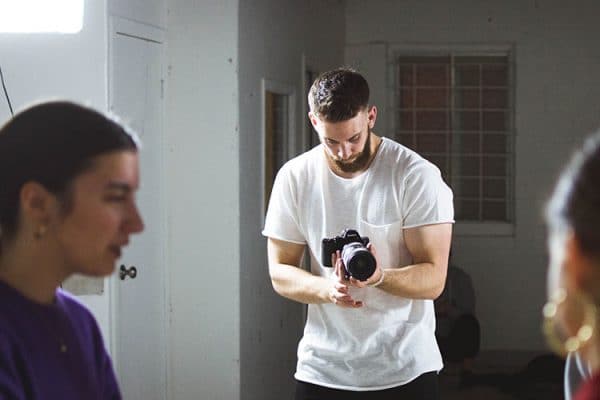
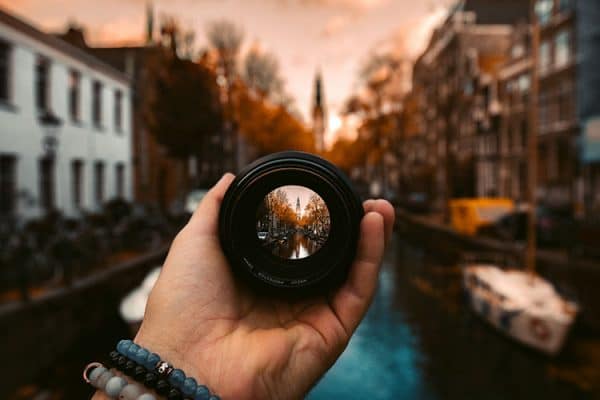
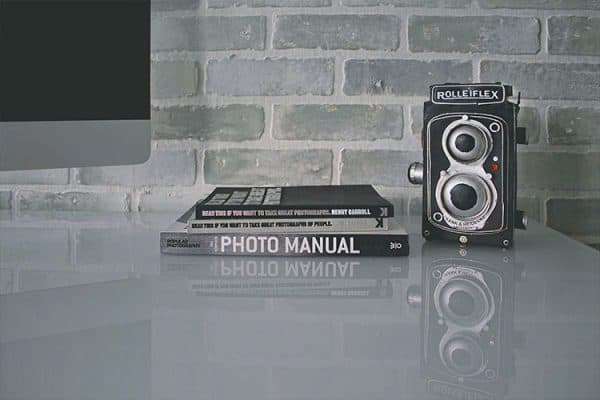

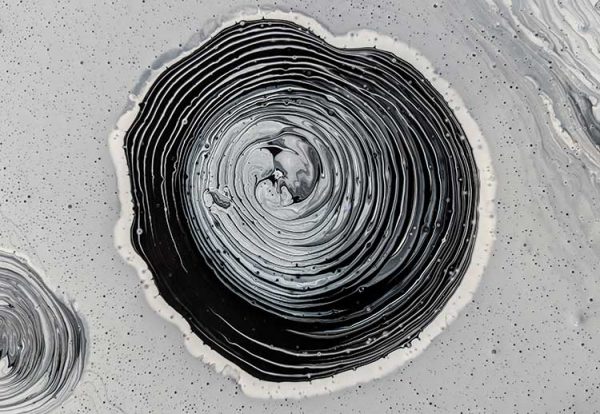
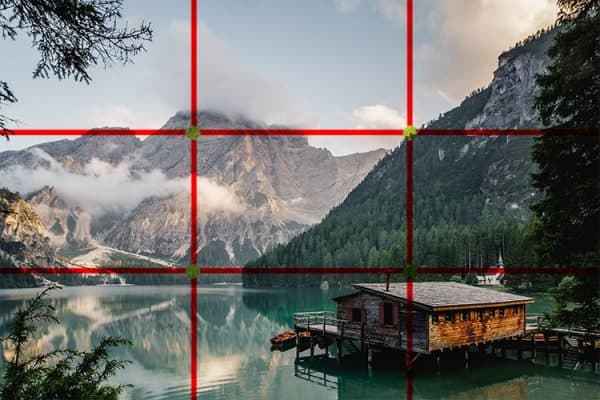
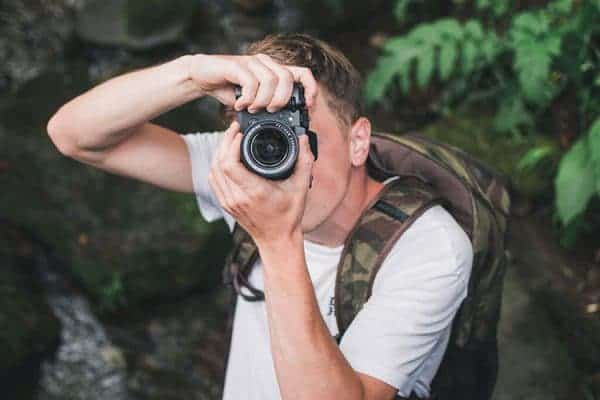
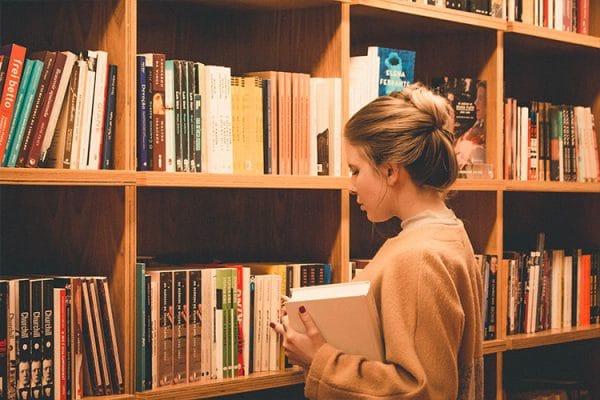
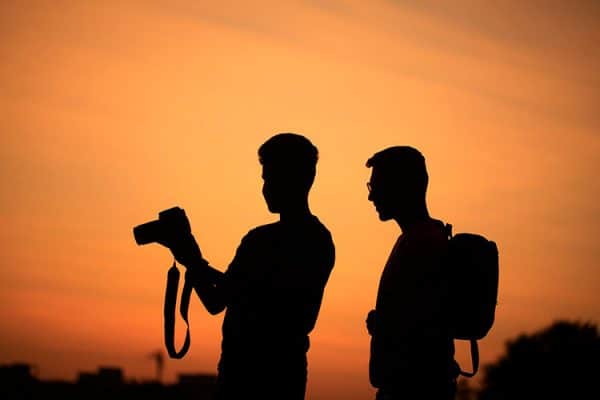
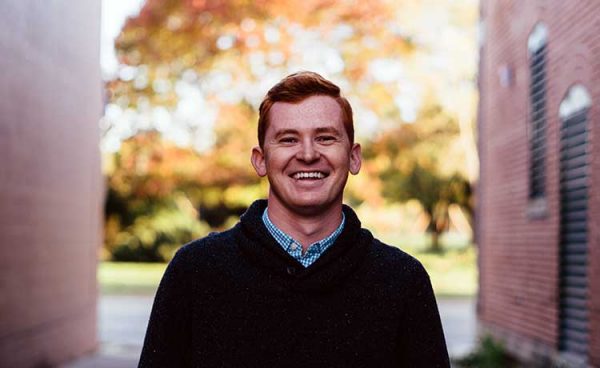
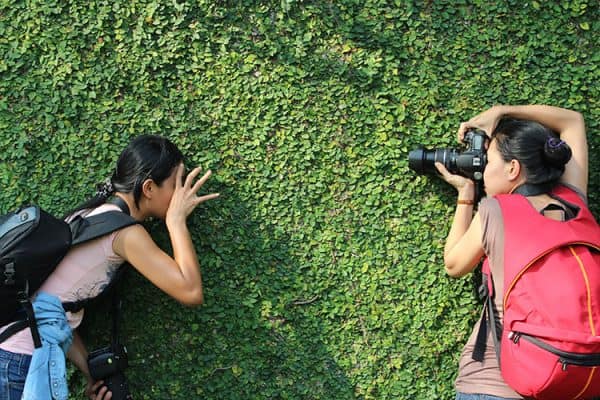
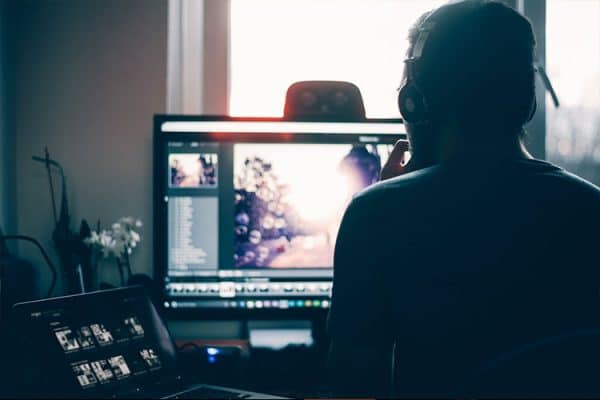

I want be a perfect photographer
I found it interesting when you mentioned that tucking elbows and upper arms into their chest could help in controlling movement and taking clearer photos. My sister wants to start a plush toy business, but she wants to ensure that it’d be well-recognized. Perhaps a commercial cameraman could help in making my sister’s dreams of having an established plush toy business come true with their skills.